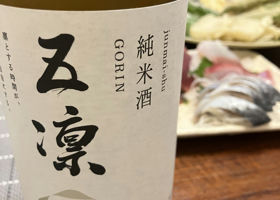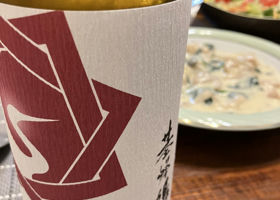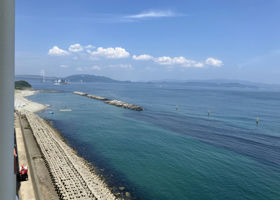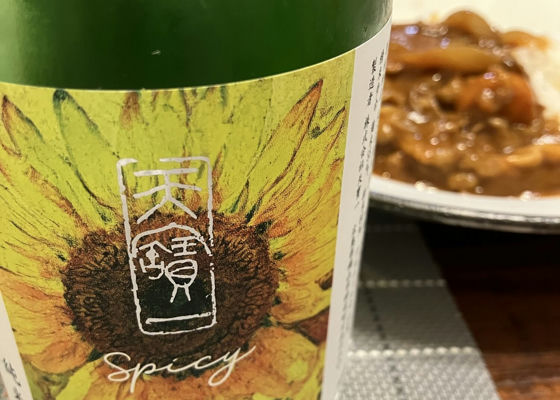

kiko
October has arrived, autumn is in full swing, and autumn sake is arriving one after another.
Tonight's sake is Takeyuki Hiyoroshi. It is a hi-iru sake, so there is almost no bubbling, but it has a fresh melon-like sweetness that is typical of Takeyuki, and the umami flavor is also well balanced.
It is light, yet has just the right amount of sake flavor, making it a perfect match for the autumn flavors.
Japanese>English









































